I'm currently developing a website where certain dynamic data must be available in various languages. The languages for now are three but the idea is to add more in the future.
Imagine this first scenario where you have a page and want to provide the content in the three different languages. The pages in my database are stored like this:

This works great since for each language that I have, I create a new translated content for the pages.
But, as the project progressed, I found more situations where I need translated data. The next diagram is a example of products that have a type, subtype and a status. All this data must be available in all the different languages.

Isn't this a bit overkill since I will end up with tables holding just ID's for example? And for each table that needs to hold translated content, I need a new one.
Is there any better approach?